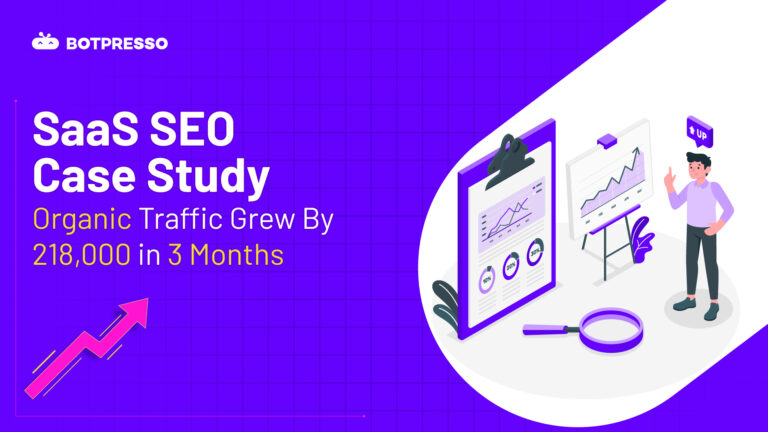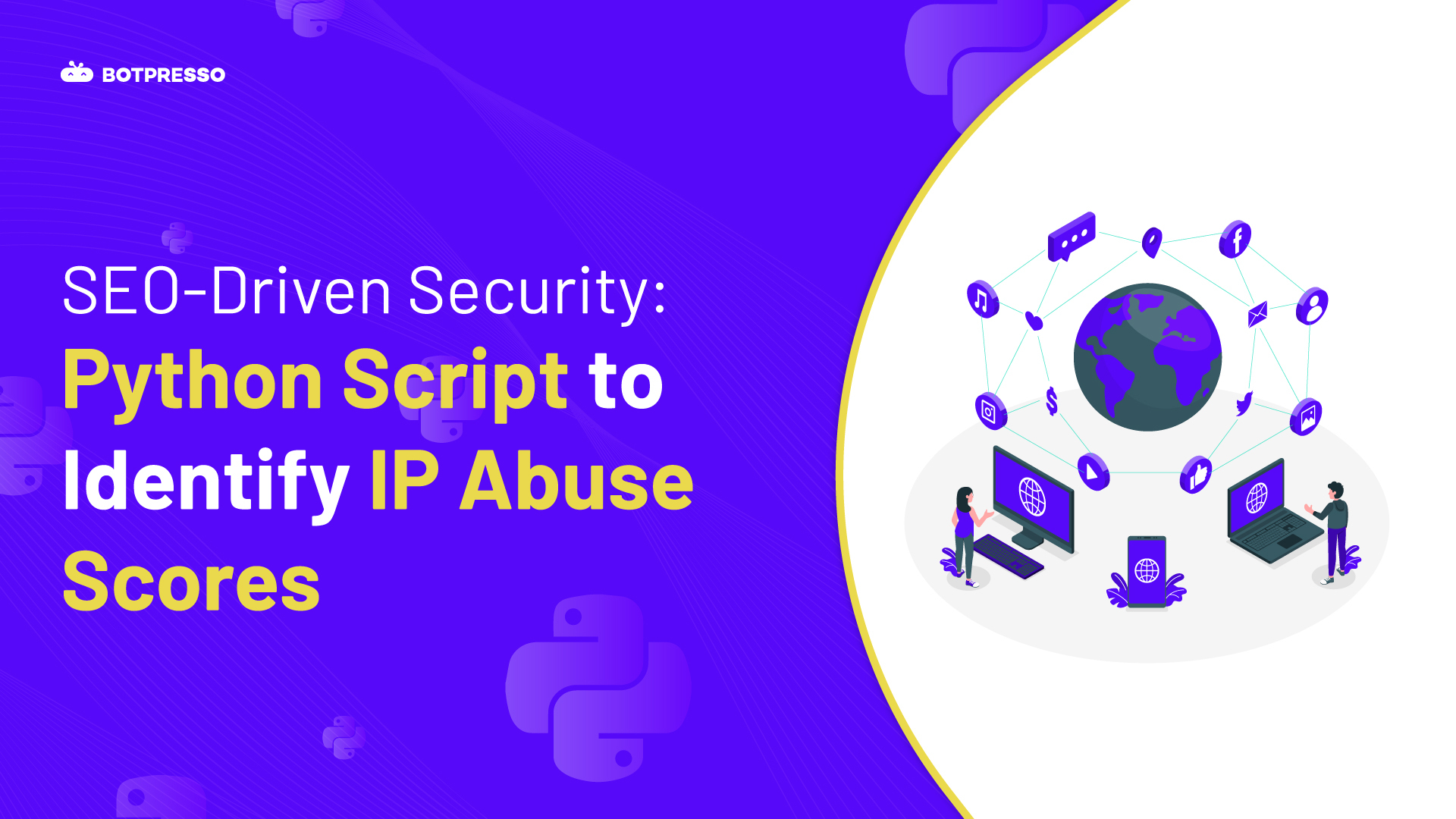In this digital age, where technology is at the forefront of business operations, Software as a Service (SaaS) has emerged as a game-changer. SaaS refers to a cloud-based software distribution model where applications are hosted by third-party providers and made available to customers over the Internet. SEO is the practice of increasing a website’s visibility on search engines like Google, Bing, or Yahoo and increasing traffic the traffic on the website.
Table of Contents
Why is SEO essential for SaaS?
In the fiercely competitive SaaS landscape, where countless providers offer similar solutions, standing out from the crowd is imperative. Search engines are good acquisition channels that help make the playing ground equal. But why is SEO essential for SaaS businesses? These benefits should make the case in point about the importance of SEO for SaaS
Increased Visibility
SEO helps SaaS companies rank higher in search engine results pages (SERPs). When potential customers search for SaaS solutions, a strong SEO strategy ensures that your company’s offerings are among the top results they see.
Targeted Traffic
Effective SEO doesn’t just drive traffic to your website; it attracts relevant, high-quality traffic. By optimizing for the right keywords, you can attract users actively seeking the type of software solution or product you offer. This means that the traffic you receive is more likely to convert into paying customers.
Brand Authority
A strong online presence through SEO establishes your SaaS brand as an authority in your niche. When users see your website consistently ranking well, they perceive your brand as trustworthy and reliable. Building brand authority is crucial for attracting and retaining customers.
Cost-Effective Marketing
Compared to traditional marketing channels, SEO is cost-effective. It allows SaaS companies to reach a global audience without the hefty advertising budgets required for other forms of promotion. This cost efficiency is critical for startups stage and smaller SaaS business.
Lead Generation
SaaS businesses thrive on lead generation. SEO not only brings in potential customers but also nurtures them through the sales funnel, increasing the likelihood of conversion. It’s not just about getting visitors but also converting the visitor into paid customers.
Competitive Advantage
In a saturated market, SEO can provide the competitive edge needed to surpass rival SaaS companies. Ranking higher than your competitors can be a game-changer in acquiring new customers. By consistently improving the SERP share by outperforming the competitors
Data-Driven Decisions
SEO is not just about keywords; it involves in-depth analytics. These datapoints can help to identify trends by search trends trying to match the demand with your product offering. Observing how the users are behaving conversion rate optimization activities can also be carried to further improved the conversions
Global Reach
SaaS solutions are not limited by geographical boundaries. With effective SEO, your SaaS product can reach customers worldwide, expanding your market reach. This global reach is essential for scaling your SaaS business and reaching new markets.
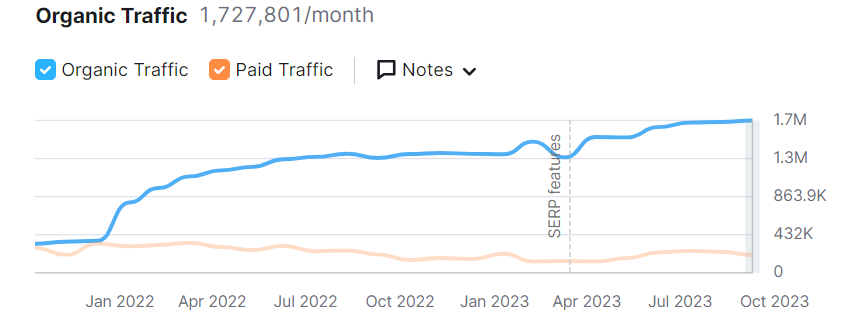
Monday.com is a SaaS business that is leveraging SEO for the growth of their business, the screenshot from Semrush which shows 1.7M/ Monthly visits. This is classic example of SaaS SEO.
The User Journey for a SaaS Business
When a user is looking to transact online or make a purchase in the SaaS industry, their journey typically follows these stages:
Looking Solution for the problem: The user begins their journey by identifying a need for a software solution. This may involve research on their specific requirements and challenges.
Looking at the Probable Solution in the Market: After identifying their needs, the user explores the market to find potential software solutions. They may compare features, pricing, and reviews to narrow down their options.
Consuming Content Related to the Product: The user begins using the SaaS product. They may also consume additional content, such as tutorials, guides, and blog posts, to make the most of the software.
Ready to Make a Purchase: Once the user has thoroughly researched their options, they are ready to make a purchase. They may sign up for a free trial or directly subscribe to the chosen SaaS product.
Use of the Product: If the SaaS product meets their needs, the user continues to use it as an essential part of their business operations. They become a loyal customer
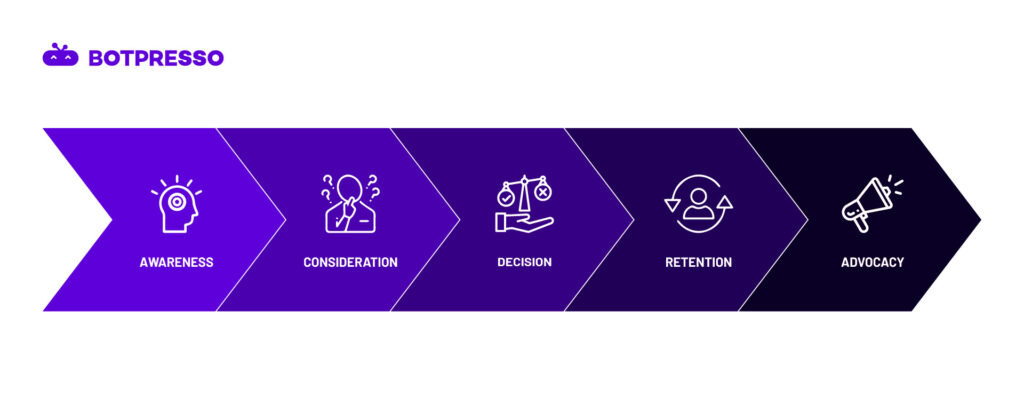
Recommendation to Others: Satisfied customers often become advocates for the SaaS product, recommending it to others in their industry or network. This word-of-mouth marketing is invaluable for SaaS companies
You would want your content to be present at each of the stages of the user journey. This will help in creating brand recall at each stage and finally when the user wants to make a purchase your brand is always on the top of their heads. This is where SEO can help businesses to be present at each stage of users’ journey. If you are looking for ideas for SaaS SEO content strategy you should definitely give a read
On-Page SEO for SaaS Websites
Understand Your Audience
Before diving into keyword research, you must have a deep understanding of your target audience. Who are your potential customers, and what are their pain points? Knowing your audience’s demographics, interests, and behaviors will help you tailor your keyword strategy accordingly.
Analyze Competitors
Study your competitors’ websites and keyword strategies. Identify which keywords are driving traffic to their sites. This can provide valuable insights and help you discover opportunities to target keywords they may have overlooked.
Keyword Research for SaaS
Keyword research is the cornerstone of any successful SEO strategy. For SaaS companies, it’s crucial to identify the right keywords to target to reach the right target audience. Here are some key steps in conducting keyword research for SaaS:
Identify Seed Keywords
Start your research with seed keywords that are directly related to your SaaS product. These are the general terms that potential customers might use when searching for your solution. For example, if you offer project management software, “project management” would be a seed keyword.
Prioritize Keywords
Not all keywords are equal in terms of relevance and competition. Prioritize your list by focusing on keywords with high search volume and lower competition. These are the keywords that can give you the best chance of ranking well.

Once you have your target keywords, it’s time to optimize your SaaS website’s on-page elements. On-page SEO involves optimizing the content and structure of individual pages for better search engine rankings. Here’s what you should do:
High-Quality Content
Creating high-quality, informative, and engaging content is paramount in the world of SEO. Your content should seamlessly incorporate your target keywords while providing genuine value to your audience. In order to achieve this, consider developing an Ideal Customer Persona (ICP) to guide your content creation. This persona helps you create focused and targeted content that resonates with your ideal audience.
Content Types
SaaS businesses should experiment on different types of content and not only with an only particular format. Businesses should experiment using different formats of content like text, videos, and infographics. This can add another layer of engagement and shareability to your SaaS content strategy. As a user, you would always want to see the product demo and how to use the product to it maximum potential
Review the types of content your competitors are creating. Are they publishing blog posts, whitepapers, case studies, or videos? Assess the quality and depth of their content to refine your own strategy.
Text: Well-written blog posts, articles, and documentation are essential for providing in-depth information and answering user queries.
Videos: Video content can be highly engaging and informative. It’s particularly effective for showcasing product demos, explaining complex concepts, and sharing customer success stories.
Infographics: Visual content like infographics can simplify complex data and ideas, making it easier for users to grasp information. Infographics are also highly shareable and can attract backlinks, which are beneficial for SEO.
Custom Graphics: Invest in custom graphics that align with your brand identity. These visuals not only make your content more visually appealing but also help convey information more effectively than text alone.
Apart from the content here are the other elements that are part of the on page optimization activities.
Title Tags and Heading Tags
Optimize your title tags and meta descriptions to include your target keywords. These elements appear in search results and can significantly impact click-through rates. Use header tags (H1, H2, H3, etc.) to structure your content. Include keywords in your headers to make it clear to both users and search engines what your page is about.
SEO-Friendly URLs
Ensure that your page URLs are concise, and descriptive, and include your target keywords. Avoid using complex or random strings of characters.
Internal Linking
Create a logical internal linking structure to help users navigate your site and distribute link equity to important pages. Along this using anchor text that helps the user and google to understand the context of the page and also allow the page rank to pass through across the pages. Read about how to reduce orphan pages via internal linking
Off-Page SEO for SaaS Websites
Off-page SEO focuses on building your website’s authority and reputation through external factors. Here’s how to strengthen your off-page SEO for SaaS:
Link Building
Acquire high-quality backlinks from authoritative websites in your industry. Guest posting, influencer outreach, and creating shareable content are effective strategies for link building.
Social Media Engagement
Engage with your audience on social media platforms. Share valuable content, respond to comments, and encourage sharing to increase your brand’s online presence.
Online Reviews
Encourage satisfied customers to leave positive reviews on platforms like Google My Business and industry-specific review sites. Positive reviews can enhance your credibility and trustworthiness and also help in improving the conversion rates.
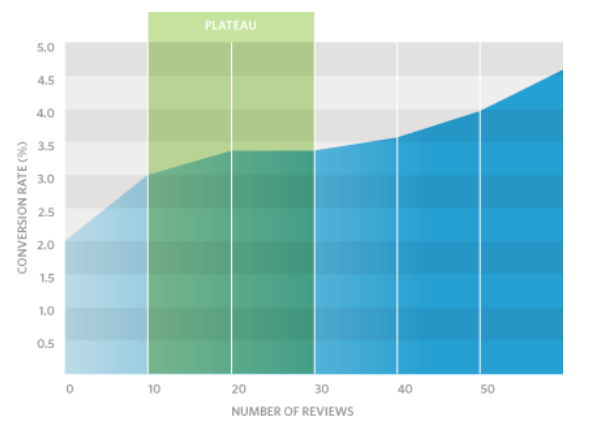
Technical SEO
Technical SEO is an important aspect of SEO this deals with makes the website optimised crawlers and resolve any rendering,crawling and indexing issues that may be present on the website. Aleyda Solis in her linkedin post mentions how over time as more pages get added technical SEO becomes an important part of SEO strategy.
Read our SaaS SEO Case Study that explains how leveraging Technical SEO we helped this SaaS increase clicks by 133.4% in just 3 months.
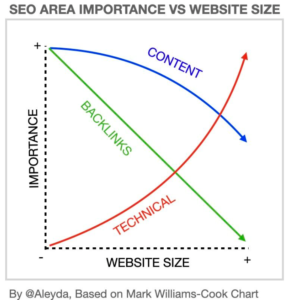
Responsive Design
Implement a responsive design that adapts to various screen sizes and orientations. Google prioritizes mobile-friendly websites in its mobile search results.
Mobile-First Indexing
Google uses mobile-first indexing, meaning it primarily uses the mobile version of a website for ranking and indexing. Ensure that your mobile site is just as informative and user-friendly as the desktop version.
Appropriate Font and Button Sizes
Make sure that fonts and buttons are adequately sized for mobile users. Frustration due to small text or buttons can lead to high bounce rates.
Fast Loading on Mobile
Optimize images and reduce unnecessary scripts to ensure fast loading times on mobile devices. Slow-loading mobile pages can negatively impact SEO.
Importance of UX in SaaS SEO
User experience plays a fundamental role in determining the success of your SaaS website in search engine rankings and, more importantly, in converting visitors into loyal customers. Here’s why it’s paramount:
Lower Bounce Rates
Google considers the bounce rate—the percentage of users who leave your site quickly without engaging—as a ranking factor. A positive UX can reduce bounce rates, signalling to search engines that your site provides value.
Improved Dwell Time
When users have a pleasant experience on your site, they tend to stay longer, exploring multiple pages. This extended dwell time is a positive signal for search engines, indicating that your content is relevant and engaging.
Enhanced Click-Through Rates (CTR)
A well-designed, user-friendly interface can lead to higher click-through rates on search engine results pages (SERPs). Google takes CTR into account when ranking websites, rewarding those with higher CTR.
Lower Exit Rates
Reducing the exit rate—how often users leave your site from a particular page—can improve your SEO. Ensuring that your website’s navigation is intuitive and content is engaging can help retain visitors.
Mobile Optimization for SaaS
Mobile optimization is no longer a choice; it’s a necessity. With the majority of users accessing websites via mobile devices, optimizing for mobile is crucial for SaaS SEO.
Page Speed and SEO
Page speed is not just a UX concern; it’s a critical SEO factor that directly influences rankings and user satisfaction.
Mobile-Friendly Speed
Page speed on mobile devices is particularly important. Mobile users expect quick load times, and Google prioritizes mobile user experience in its rankings.
Minimize Redirects
Excessive redirects can slow down page loading. Minimize unnecessary redirects to ensure a faster, smoother user experience.
Measuring SaaS SEO Success
Measuring success is the first step toward achieving it in the world of SaaS SEO. Here are some key metrics and methods to gauge your SaaS SEO efforts:
Organic Traffic
Track the volume of organic traffic to your website. An increase in organic traffic indicates that your SEO strategy is attracting more visitors from search engines.
Keyword Rankings
Monitor your rankings for target keywords. Rising in search engine rankings for relevant keywords is a clear sign of progress.
Conversion Rates
Measure the conversion rates of organic traffic. Are visitors taking the desired actions, such as signing up for a trial or making a purchase? Conversion rate optimization (CRO) is a vital part of SEO success.
Click-Through Rates (CTR)
Analyze the click-through rates for your search engine listings. High CTRs indicate that your titles and meta descriptions are compelling and relevant to users.
Engagement Rate
Engagement rate helps to identify how users are engaging on the different pages . It also helps to identify if the content is meeting the expectations of the users or if the content needs to be improved upon.
Return on Investment (ROI)
Calculate the ROI of your SEO efforts by comparing the costs of SEO activities to the revenue generated from organic traffic.
In conclusion, Search Engine Optimization (SEO) for Software as a Service (SaaS) is an indispensable strategy for businesses operating in the digital age. With the SaaS market becoming increasingly competitive, a well-executed SEO approach can make the difference between obscurity and success. By optimizing their online presence, SaaS companies can enhance their visibility, attract a targeted audience, and ultimately drive organic growth. The continuous evolution of search engine algorithms and user behavior underscores the need for ongoing SEO efforts to stay ahead of the curve. Looking to start SEO for your SaaS business here is our checklist SaaS SEO Checklist you can refer so that you don’t miss out any steps.

